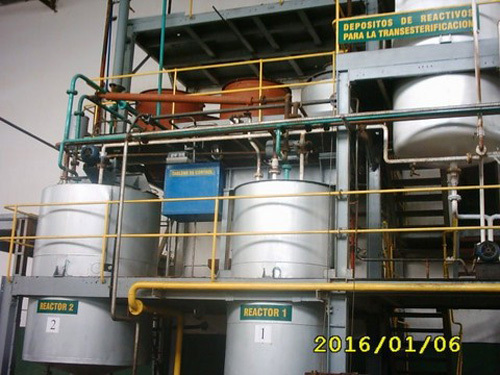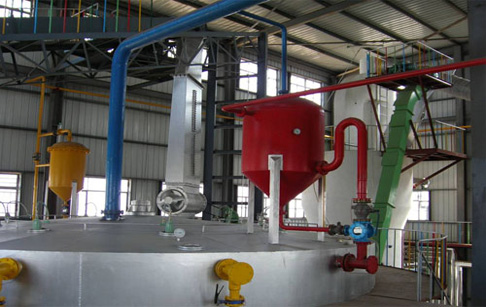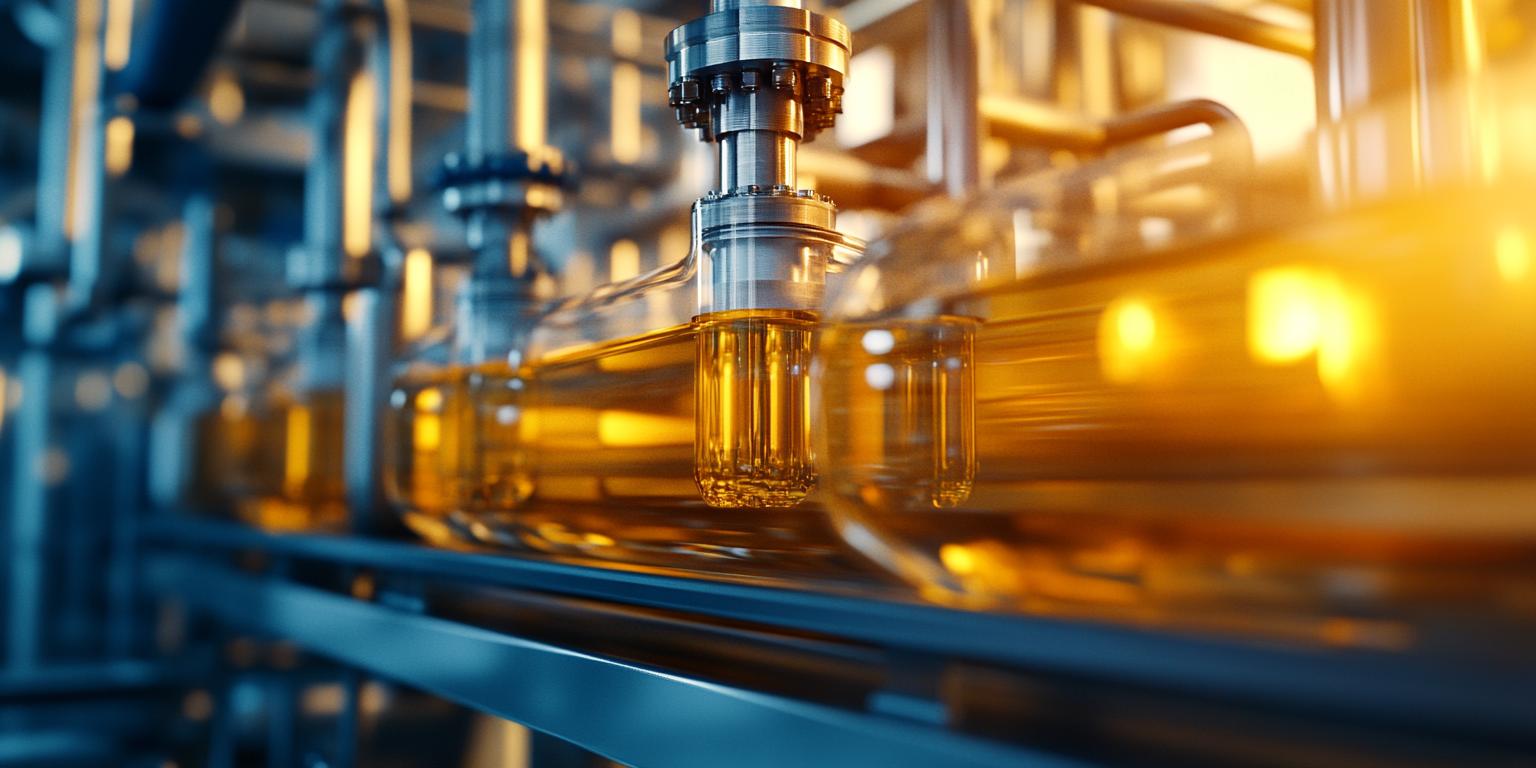
In the competitive edible oil market, mastering the refining process—especially soybean oil degumming and deodorization—directly affects product quality, odor profile, and yield stability. For processors aiming to elevate their oil output from raw crude to premium edible grade, understanding how to fine-tune refining parameters is critical. This guide breaks down the essentials of degumming agents, pH control, and deodorization optimization, while highlighting the power of integrated automation to streamline operations and reduce human error.
Degumming’s purpose is to remove phospholipids and other impurities, which cause haze, off-flavors, and reduced oil stability. Phosphoric acid remains the industry standard for soybean oil refining due to its high selectivity and ability to form hydrated gums easily separated by centrifuges. In contrast, other acidic agents like citric acid or hydrochloric acid can be less effective or pose operational challenges such as corrosiveness or complex neutralization steps.
Comparative data suggest that phosphoric acid treatments reduce phospholipid content by up to 95% under optimized conditions versus about 80-85% with acidic alternatives. Maintaining this removal efficiency is key to downstream processing, directly influencing deodorization load and final odor quality.
The neutralization step, commonly involving caustic soda addition, requires tight pH management. Targeting a pH range between 6.5 and 7.0 is optimal for precipitating free fatty acids (FFA) without excess soap formation, which complicates oil washing and recovery. Deviating beyond this window can increase degeneration of neutral oil quality or insufficient impurity removal.
| pH | Effect on Neutralization |
|---|---|
| Below 6.5 | Incomplete FFA removal; higher residual glycerides |
| 6.5 – 7.0 (Optimal) | Maximum FFA precipitation; minimal soap formation |
| Above 7.0 | Soap formation increases; oil yield loss |
To refine degumming processes, attention to physical parameters is equally important:
Applying these operational ranges consistently can reduce residual gum content by approximately 15–20%, resulting in lower odor precursors in the oil.
Modern edible oil processors benefit from modular refining units that combine degumming, neutralization, bleaching, and deodorization into compact, automated lines. These systems rely on programmable logic controllers (PLCs) and sensor feedback loops to stabilize process variables like pH, temperature, and retention time.
By minimizing manual intervention, modular designs help decrease human error risk by up to 30%, improve throughput by 10–15%, and enhance oil quality consistency. Integration also simplifies maintenance scheduling and reduces footprint—a priority for plants with space constraints.

A leading grain oil manufacturer recently optimized their refining line by switching to phosphoric acid degumming combined with tighter pH control and introducing a continuous deodorization reactor featuring adjustable steam stripping. Post-upgrade, sensory panel scores on oil odor improved by 20%, and residual phospholipids dropped by more than 90%. Yield losses stabilized below 0.5%, confirming both quality and cost-effectiveness.

Charts comparing impurity levels before and after degumming illustrate the dramatic reduction in gums and trace contaminants that impact oil taste and stability. Critically, deodorization optimized at 200-230°C with controlled steam injection effectively strips volatile off-flavors without excessive oil degradation.

Empower Your Refining Line with Cutting-Edge Automation
Discover how full-automatic soybean oil refining equipment can elevate your production efficiency and oil quality—backed by local after-sales support tailored for your facility’s needs. Explore advanced refining solutions here.

